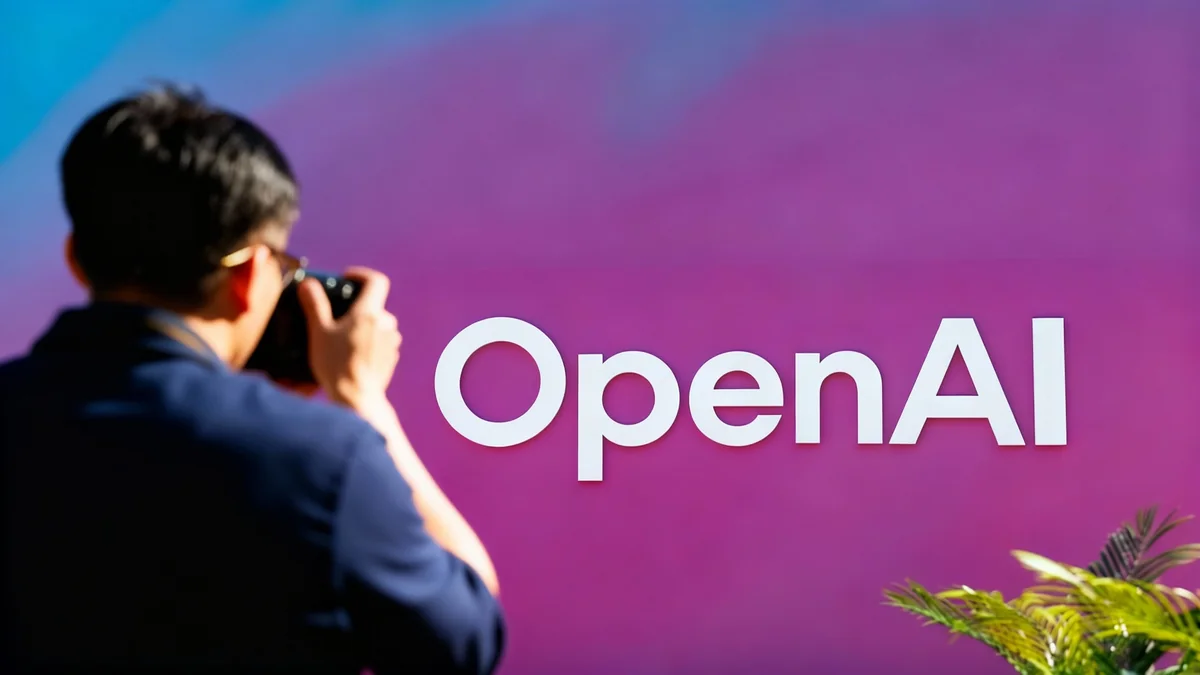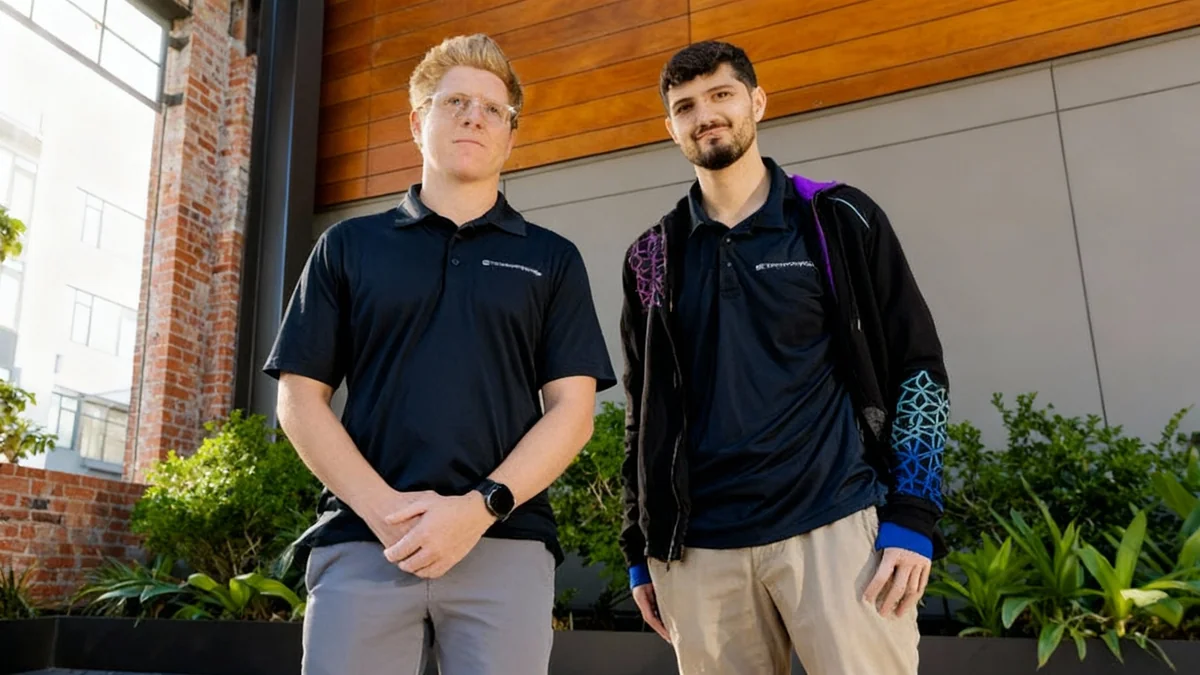Goldman Sachs is establishing a new team dedicated to financing data centers and other critical infrastructure, a strategic move designed to capitalize on the explosive growth in the artificial intelligence sector. The financial institution is positioning itself to fund the physical backbone required for the ongoing AI revolution.
The new unit will operate within the firm's global banking and markets division. Its primary goal is to increase lending for infrastructure projects and to connect institutional investors with these debt opportunities, according to sources familiar with the bank's plans.
Key Takeaways
- Goldman Sachs is creating a specialized team for global infrastructure financing.
- The primary focus is on data centers essential for the artificial intelligence industry.
- The team will operate within the global banking and markets division.
- Its strategy includes both direct lending and distributing debt to other investors.
- This initiative is a direct response to the massive capital demands of the AI boom.
New Unit to Target Infrastructure Boom
Goldman Sachs is formalizing its approach to the rapidly expanding market for digital infrastructure. The creation of a dedicated financing team underscores the bank's commitment to becoming a key player in funding the essential hardware and facilities that power artificial intelligence.
This team will be tasked with originating and structuring complex financing deals for projects around the world. By centralizing this expertise, the bank aims to streamline its lending processes and offer more competitive solutions to data center developers and operators.
What is Infrastructure Financing?
Infrastructure financing involves providing long-term capital for large-scale physical assets like data centers, power grids, and transportation networks. Unlike venture capital, which funds new companies, infrastructure loans finance the construction and operation of tangible assets, often generating steady, long-term returns for lenders and investors.
Capitalizing on AI's Insatiable Demand
The push into data center financing is directly linked to the unprecedented demand for computing power driven by AI. Generative AI models, like those powering large language models, require vast networks of specialized servers and chips, all housed in massive, power-hungry data centers.
This demand is creating a historic wave of investment. According to a forecast from Morgan Stanley, total spending on the necessary components for AI—including semiconductors, servers, and data center facilities—is projected to approach $3 trillion by 2028. Financial institutions see a significant opportunity to fund this build-out.
A Trillion-Dollar Opportunity
Analysts at Morgan Stanley predict that the global investment in AI-related hardware and infrastructure could reach nearly $3 trillion within the next four years, highlighting the immense scale of the market that firms like Goldman Sachs are aiming to service.
The infrastructure needs of AI are unique. These facilities require more power, advanced cooling systems, and higher-density server racks than traditional data centers. This specialization increases construction costs and creates a substantial need for sophisticated financing partners.
A Dual-Pronged Financial Strategy
The new Goldman Sachs team will employ a two-part strategy to maximize its impact and manage risk. The first part involves using the bank's own balance sheet to provide direct loans to infrastructure projects. This allows the firm to move quickly and offer significant capital to its clients.
The second part of the strategy involves packaging this debt and selling it to other institutional investors, such as pension funds and insurance companies. This process, known as syndication or securitization, allows Goldman Sachs to free up its capital to fund new deals while earning fees for structuring and distributing the debt.
"By both lending directly and creating investment products for others, the bank can participate in a larger number of deals and reduce its own direct risk exposure. It's a classic Wall Street model applied to one of the hottest growth sectors today."
This approach is attractive to investors seeking stable, long-term returns backed by physical assets. Data centers, with their long-term contracts with major tech companies, are often seen as reliable sources of revenue.
Wall Street's Race for AI Infrastructure
Goldman Sachs is not alone in recognizing the opportunity in AI infrastructure. Other major financial firms are also expanding their activities in this area, competing to become the preferred bankers for the AI gold rush. The focus has shifted beyond simply investing in AI software companies to funding the foundational layer of the ecosystem.
The Physical Needs of a Digital Revolution
The core requirements for modern AI data centers are substantial and costly, driving the need for large-scale financing:
- Massive Power Consumption: AI data centers can consume as much electricity as a small city, requiring dedicated power substations.
- Advanced Cooling: High-performance chips generate immense heat, necessitating sophisticated liquid cooling systems.
- Specialized Hardware: These facilities are filled with expensive GPUs and custom processors optimized for AI workloads.
- Global Footprint: To reduce latency and comply with data regulations, companies need data centers in multiple regions worldwide.
As the AI industry continues to mature, the demand for capital to build, maintain, and upgrade this critical infrastructure is expected to grow. Financial institutions that establish a strong presence in this market now are positioning themselves for sustained growth in the years to come. Goldman Sachs's new team is a clear signal of its intent to be a leader in this domain.





